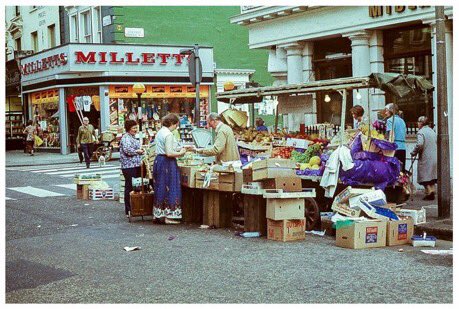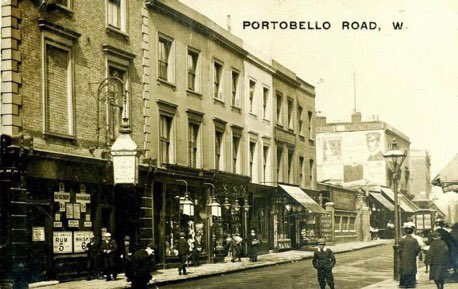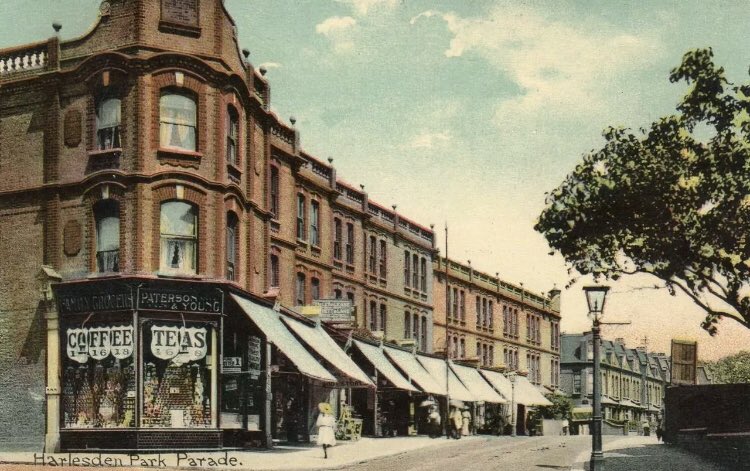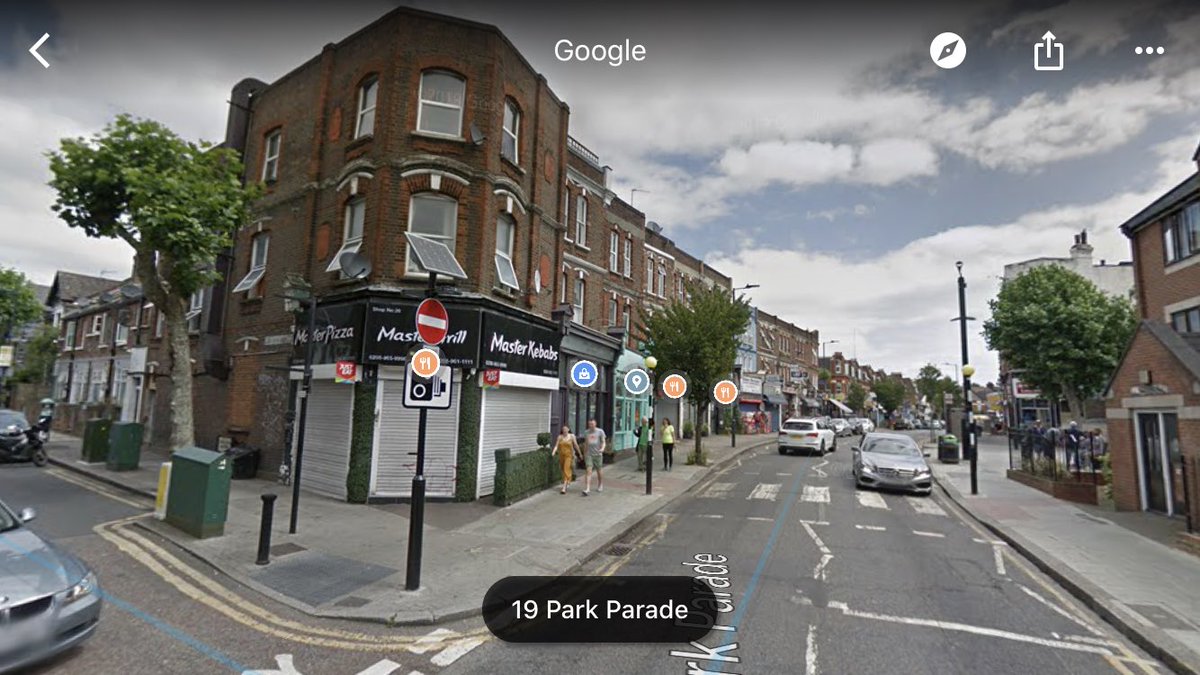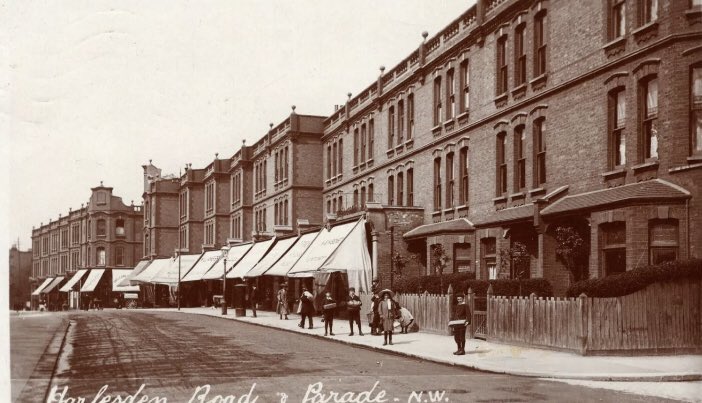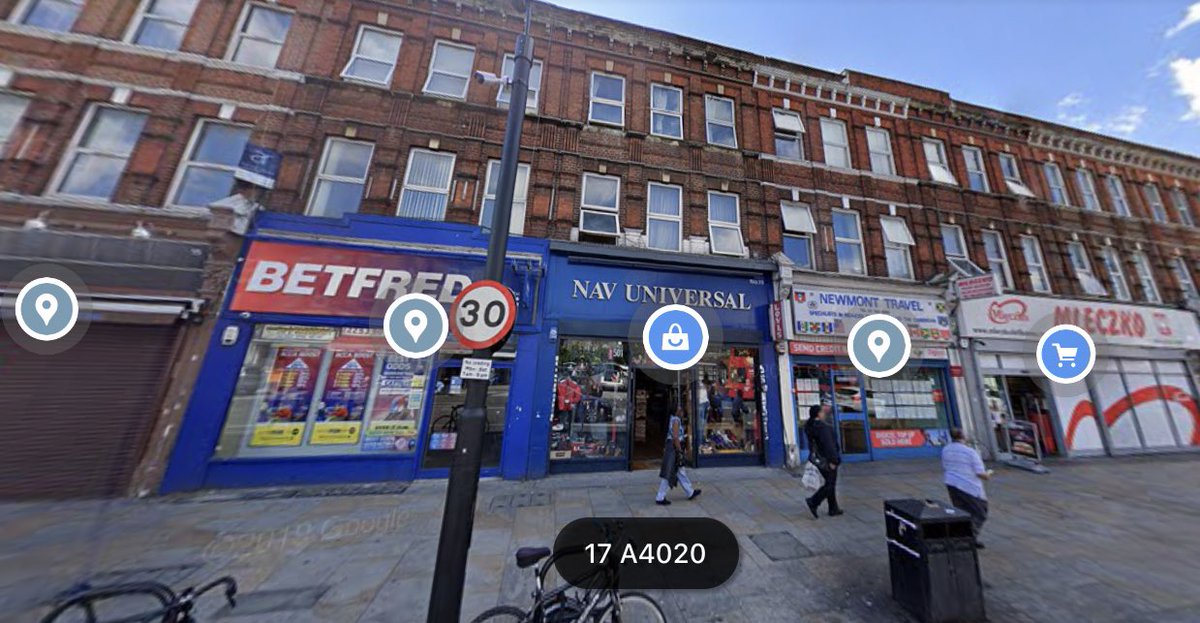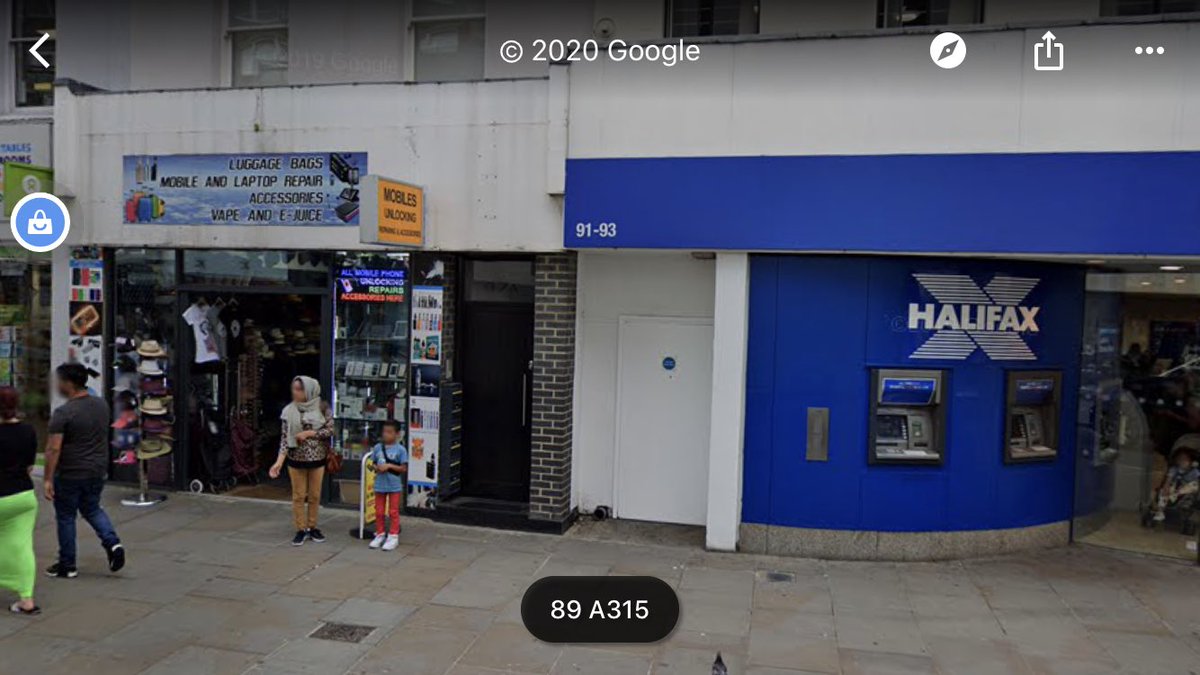
Can all of you amplify this story by Charlotte in Hampton. Please RT to reach London media.
https://twitter.com/cbezzant/status/1481927966837940226
@DrAmirKhanGP please RT
@FayeBarker does ITV london have an environment corr please?
@habsandheritage please can you RT
@WildLondon please can you help
@RSPBEngland this vital bird habitat in London is being destroyed
• • •
Missing some Tweet in this thread? You can try to
force a refresh



